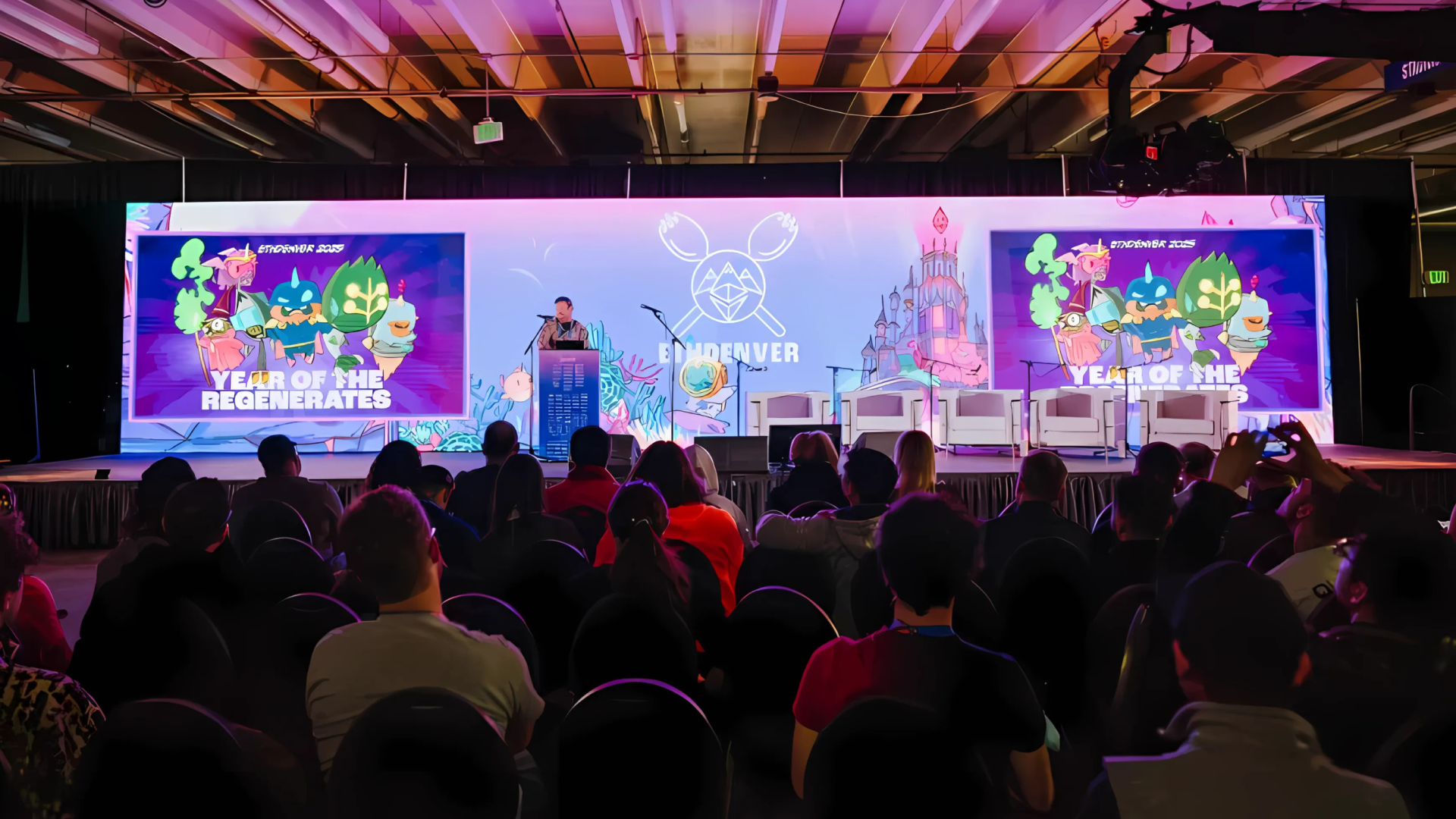First Parachain Successfully Migrates from Kusama to Polkadot
KILT Protocol's migration from Kusama to Polkadot is an important technical milestone and the first parachain migration. Polkadot's 'canary network' model allows Web3 projects to test their technology in a real-world environment before upgrading to stable production networks.

On October 3rd, KILT Protocol made history by becoming the first parachain to accomplish a full migration from the Kusama Relay Chain to the Polkadot Relay Chain. Besides marking an important technical milestone, the migration also represents the first instance of a parachain taking the upgrade path from Kusama to Polkadot. This demonstrates an important use case for the ‘canary network’ model pioneered by Polkadot, giving Web3 projects a place to stress-test their technology in a real-world environment and mitigate risk before upgrading to a more stable production network. Polkadot’s technology stack helped make the historic transition from one network to another possible.
Kusama has always been a natural starting point for teams building in the Polkadot ecosystem. As Polkadot’s canary network, it provides an experimental proving ground for Web3 innovation. It’s a space for teams to roll out novel features and see how technologies will perform under live network conditions before they’re deployed to the more secure, stable environment of the Polkadot Relay Chain, helping mitigate risk and providing the right conditions for parachains to evolve and mature.
Some projects have used Kusama as a network for experimentation on new ideas, where they can move fast and break things. Many teams have also used it as a pre-production environment, running a parachain on each network and using their Kusama parachain to deploy, iterate, and stress-test new technologies and features before pushing them to their production network on Polkadot.
However, some teams may decide they don’t want to run and maintain two parallel networks. In cases where the stability and bank-level security of Polkadot is integral to a parachain’s ultimate design and purpose, Kusama is very beneficial as an initial development environment that presents an upgrade path to Polkadot. It allows teams to complete their early-stage development, stress-test their technology, engage their community and launch partnerships before upgrading to the Polkadot Relay Chain.
“Happy to see KILT Protocol showing, for the first time ever, the live transition of an entire parachain ecosystem from one Relay Chain’s security umbrella to another. This is another demonstration of the power and flexibility of the Relay Chain model for decentralized application platforms,”said Dr. Gavin Wood, founder of Polkadot.
Ingo Rübe, founder of KILT Protocol, said, "It’s always exciting to do things nobody has done before. With this step, KILT becomes a business-ready decentralized network. Polkadot technology made it possible to transfer all achievements from the experimental phase to the production phase. Try that on any other technology base!"
Why KILT chose this path
KILT, a blockchain identity protocol for issuing self-sovereign, verifiable credentials and decentralized identifiers (DIDs), is the first parachain to take this migration path, paving the way for other teams to follow. This decision was spurred by large-scale enterprises starting to implement business cases on KILT. These use cases require high levels of stability and security that cannot be guaranteed within the more experimental Kusama network, so following a governance decision by the KILT community, it was decided to make the logical move to Polkadot.
Kusama proved to be the right environment for KILT to develop applications quickly and try things out. Thanks to Kusama’s fast iteration cycles, KILT quickly became decentralized and added many new functionalities, allowing the network to prove its efficiency and utility. In the year since it went live, KILT partnered with many Kusama and Polkadot teams to integrate digital identities composed of decentralized identifiers (DIDs) and verifiable credentials. Five services “built on KILT” were launched, gaining tens of thousands of builders and users. Since Kusama runs around four times faster than Polkadot, with almost the same code, this greatly reduced the time needed to build and test secure KILT identity solutions now running on Polkadot.
How the migration was done
KILT won the 6th Kusama parachain slot auction, which ended on September 8, 2021. It transitioned to a decentralized network on November 10th, 2021, run by community governance. After 11 months of live deployment on Kusama, KILT secured their Polkadot parachain slot in the 24th parachain slot auction, which ended on August 11th, 2022. On August 16th, 2022 the plan to fully migrate the KILT parachain from Kusama to Polkadot was announced.
The historic migration was made possible by Polkadot’s tech stack, in particular the cross-chain interoperability standard XCM and the Solo-to-parachain pallet developed by Parity Technologies. XCM allowed KILT to generate the final block on the Kusama parachain, followed by the first block on the Polkadot parachain. The Solo-to-parachain pallet allowed the KILT parachain to switch networks. All data and services built on KILT remained unchanged.
KILT not only proved the viability of using Kusama for early stage deployment and risk mitigation, but also demonstrated the technical path for migrating a parachain from one relay chain to another. By taking the upgrade path from Kusama to Polkadot, KILT is paving the way for future Web3 projects to also benefit from the valuable canary network model. Congratulations to the team and community on this accomplishment!
About KILT
KILT is a blockchain identity protocol for generating self-sovereign, verifiable credentials and decentralized identifiers (DIDs), providing practical, secure identity solutions for enterprise and consumers.
Interested in building on Polkadot? Check out our developers page or get in touch here.












